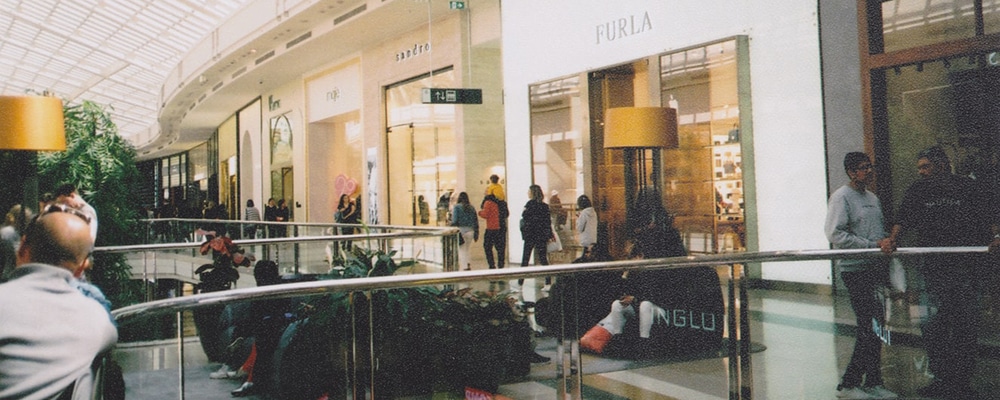Australian retail centres are more resilient to the threat of changing consumer trends than their American counterparts according to CBRE’s latest research report, Worlds Apart.
The two-part series, understood to be the first of its kind in comparing the US and Australian retail landscapes, highlights that tenancy mix is a key differentiator – specifically the fact that Australian centres are commonly anchored by supermarkets and grocery stores, where one-third of the country’s retail spend occurs.
The report highlights that supermarkets and grocery stores are the primary occupiers of space in Australian neighbourhood and sub-regional shopping centres, with 47% and 30% of space respectively, and the third largest occupier of space in regional shopping centres, with 10% of space.
In the US, supermarkets do not tend to anchor shopping centres and over 50% of centre space is occupied by struggling department stores, compared to approximately 30% of space in Australia.
CBRE’s Senior Research Analyst Freddie Kareh noted that Australian supermarkets achieved a similar volume of turnover to department stores while occupying approximately a quarter of the space.
“As approximately one-third of Australian retail spend occurs in supermarkets and grocery stores, which are considered to be relatively insulated to the threat of e-commerce, these occupiers play an important role in driving foot traffic and ancillary spend within shopping centres, consequently making Australia’s retail centres inherently more defensive than those in the US,” Mr Kareh commented.
CBRE’s report also outlines that while Australian online sales have grown at a rate of 22% per annum for the last five years to $19.1 billion in July 2019 (representing 6.1% of total retail sales), physical retail space still plays an important role in the retail landscape, with the growth of multi-channel online retail beginning to outpace the growth of pure play (online only) retail.
“Multi-channel retailers have gained an increasing proportion of online sales in the past three years,” CBRE’s Pacific Head of Retail, Graeme Wakefield, said.
“This has been driven in part by bricks and mortar retailers adapting to changing consumer preferences by broadening the medium through which they sell goods to avoid losing sales to pure play online retailers,” Mr Wakefield said.
In the US, online sales account for 10% of total retail sales, with the more advanced take-up due to higher levels of competition accelerating the shift in distribution strategies and higher population densities accommodating easier fulfilment of online orders.
“A shopper’s journey now spans bricks and mortar stores, social media, apps, desktops and other mobile devices, with omni-channel consumers spending up to 30% more than traditional shoppers,” Mr Wakefield noted.
Following the lead of ‘digital native’ US brands such as Warby Parker, Bonobos and Fabletics, Australian pure play retailers are broadening sales strategies to encompass an in-store experience alongside online sales platforms, with online brands such as We are Kindred and Brosa recently opening bricks and mortar stores on suburban high streets.
To read more of CBRE’s Worlds Apart: part one report click here.
Worlds Apart: part two, will explore retail supply, department store evolution and physical property performance in Australia and the US.
About CBRE Group, Inc : CBRE Group, Inc. (NYSE:CBRE), a Fortune 500 and S&P 500 company headquartered in Los Angeles, is the world’s largest commercial real estate services and investment firm (based on 2018 revenue). CBRE offers a broad range of integrated services, including facilities, transaction and project management; property management; investment management; appraisal and valuation; property leasing; strategic consulting; property sales; mortgage services and development services. Please visit our website at www.cbre.com




















